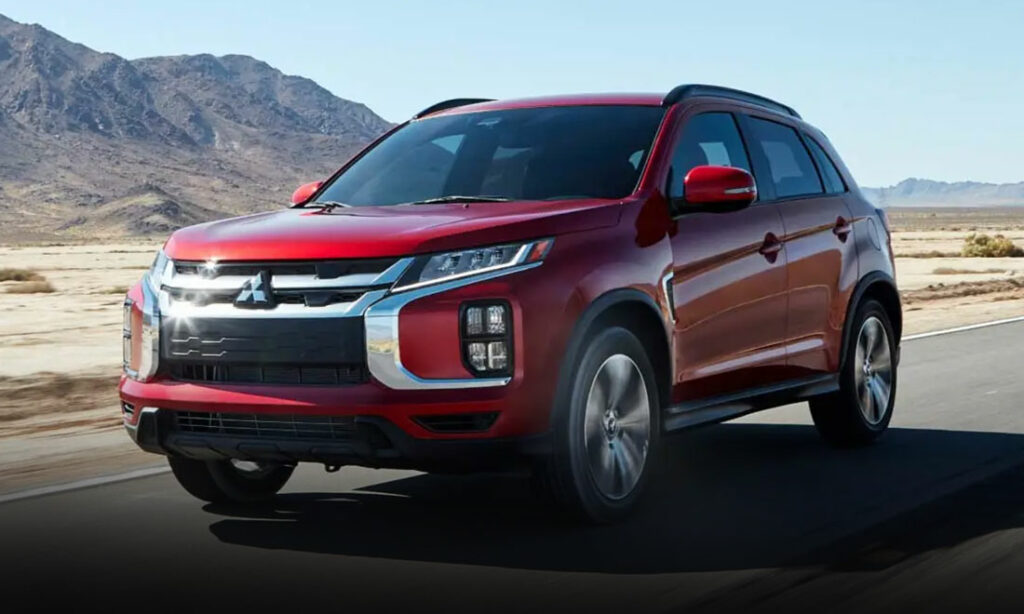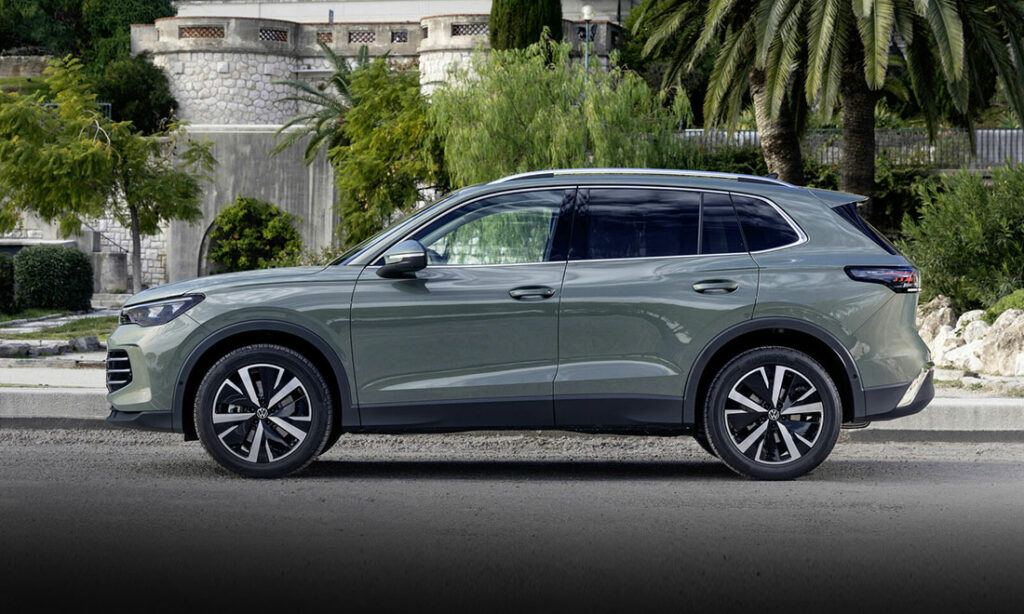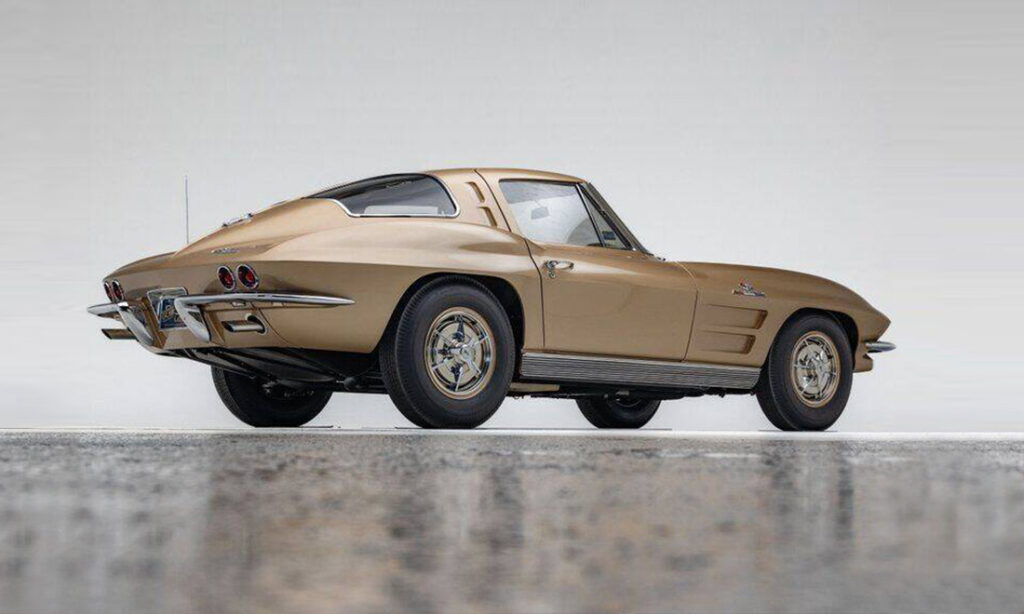Mini Cooper Generations: Through the Years
The Mini Cooper was born out of a need for a nation burdened with fuel shortages. It became a giant in the hearts of owners and enthusiasts worldwide.
Looking Back at the Iconic Mini
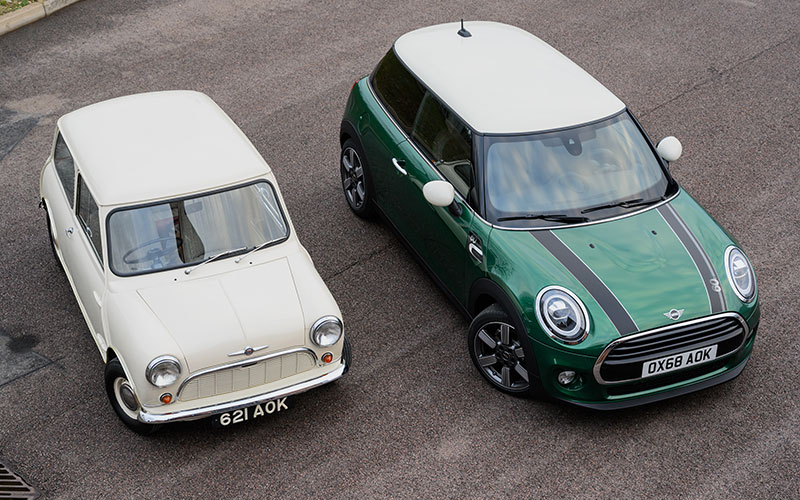
1959 and 2019 Mini Cooper – press.bmwgroup.com | Shop Mini Cooper on Carsforsale.com
Good things come from struggles. Because of the 1959 Suez Crisis, fuel was rationed in the United Kingdom making the ownership of large cars more expensive, while smaller imported cars were uncommon at the time. If there hadn’t been a fuel shortage in Britain during 1959, the Mini Cooper might have never been conceived. However, crises are often the mother of invention and hope.
To save Britain’s transportation needs from this crisis, Leonard Lord, head of the British Motor Company, created a tiny, cheap, and fuel-efficient economy car called the Mini with the help of designer Alec Issigonis. It featured a revolutionary laterally mounted engine and wheels mounted in the corners to maximize passenger space. Having the wheels mounted so closely to the corners gave the car excellent maneuverability. The Mini became such a huge sales success, not just in Britain, but worldwide. It quickly became a fashion icon.
Mini Mk I (1959 – 1967)
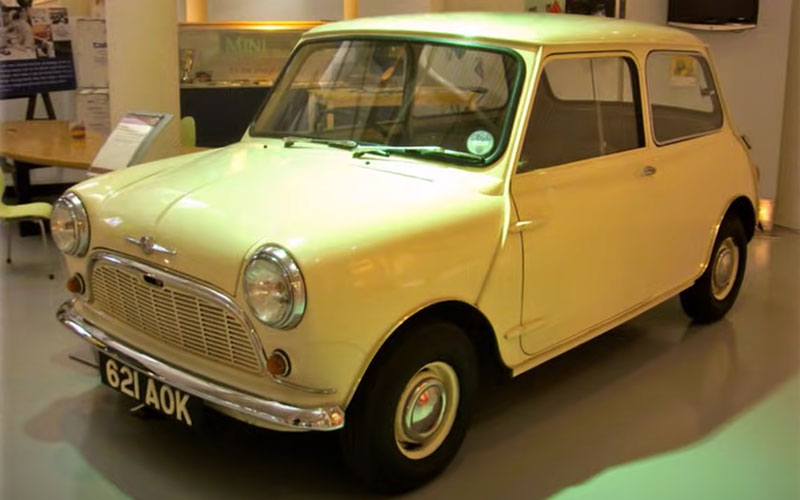
The initial name was, in fact, not Mini – but the inelegant name of Mark I Mini code-named ADO 15. Upon launch, the Mark I Mini was marketed as the Austin Seven and Morris Mini-Minor.
Early Austin advertising and marketing materials used the name “SE7EN,” and no, that’s not a misspelling. British Motor Company also had the Morris Minor, with “Minor” being the Latin word for “smaller.” With a little badge engineering, the new car seemed to fit well into the Morris Minor automotive clan too. With the small addition of an abbreviated version of the Latin “Minimus” meaning “the smallest”, the name Mini namesake was born.
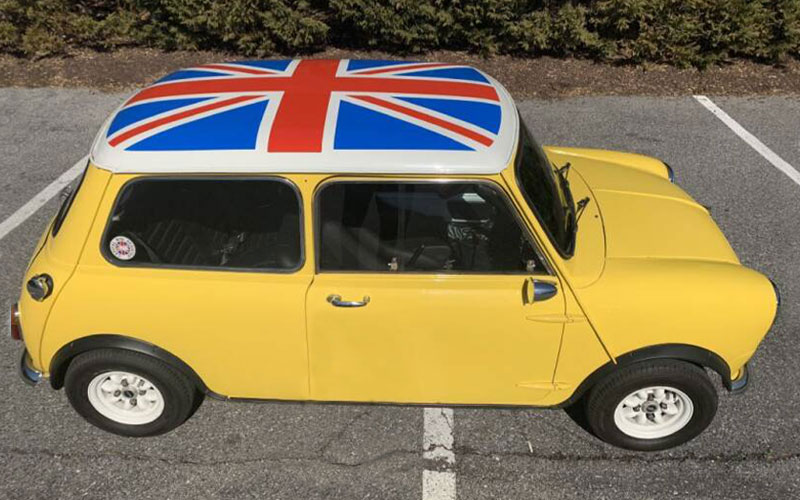
- British Motors Corporation birthed the Mark I Mini in 1959.
- In April 1959, the Mark I was unveiled to the press, although it was not considered to be a coming best seller.
- Thousands of Mini Mark I was built for sale on August 26, 1959.
- The Mini, with 34 horsepower, had a top speed of 75 mph, 0-60 of 29.7 seconds, and averaged 40 mpg.
- BMC sold the Mini under two brands: Austin and Morris.
- Morris eventually was known as the “Morris Mini-Minor.”
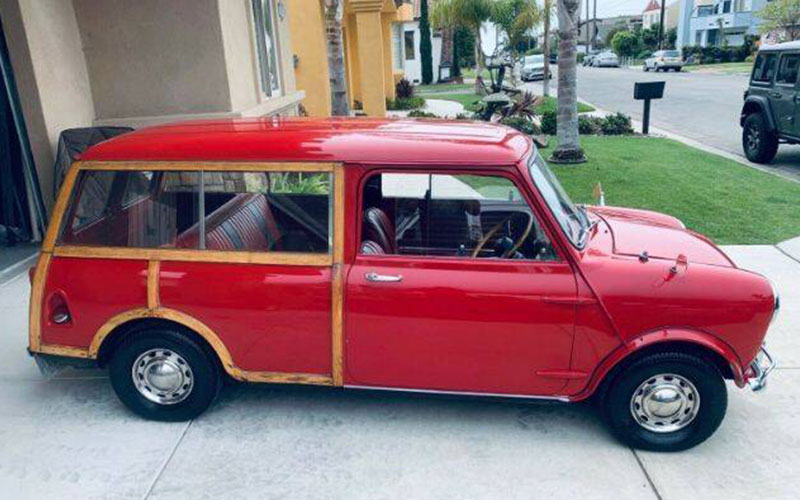
- The Mini was also offered as a station wagon, van, or truck.
- BMC introduced the Mini to the North American and French auto press under the Austin 850 and Morris 850 names.
- The built for racing, Austin Mini Cooper and Morris Mini Cooper debuted in September 1961. Meeting homologation rules for Group 2 rally racing, BMC produced 1,000 units of the Mini Cooper. A larger 998cc version eventually replaced the 997cc engine.
- In 1964, BMC gave the Mini a new suspension for a softer ride, but made it heavier and more expensive.
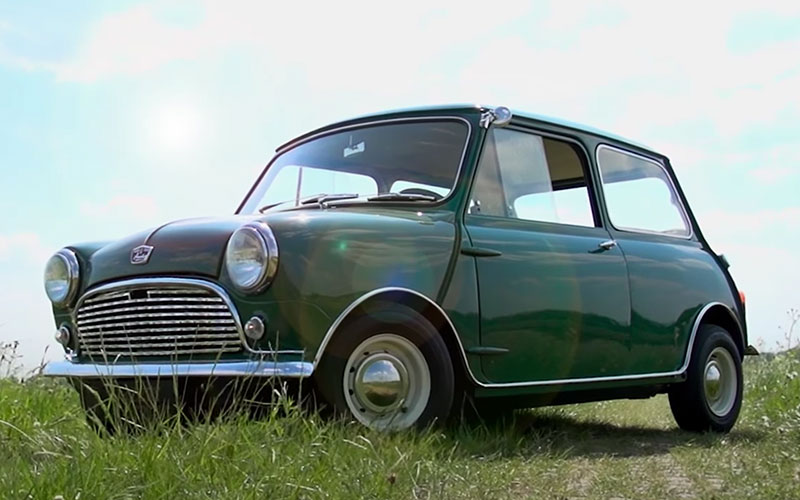
- By 1965, BMC offered an optional four-speed automatic transmission. These vehicles are known as Mini-Matics.
- By the end of the 1960s, people fully embraced this little car. The total Mark I production totals was 1,190,000.
- Profit made from sales of the Mini came from options such as a radio, heater, mirrors, and seat belts. Since the original Mini, optional extras have been a hallmark of Mini purchases.
- Mini models participated in and won the Monte Carlo Rally in 1964, 1965, and 1967 and other races and rallies in the decades to come.
- In 1966, Jaguar merged with British Motor Company and BMC changed its name to British Motor Holdings.
Mini Mk II (1967 – 1970)
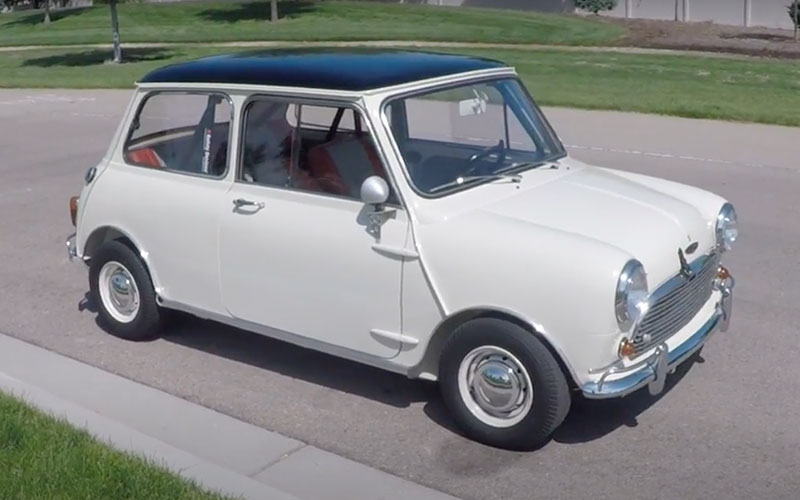
The Mini Mark II was supposed to be shorter and more potent than the Mk I, but it was not built because of management decisions at BMC. So instead of that, the Mk II was released, featuring a redesigned front grille which stayed with the Mini from that point on, a larger rear window, and other cosmetic changes. It was sold as the Austin and Morris Mini in most markets.
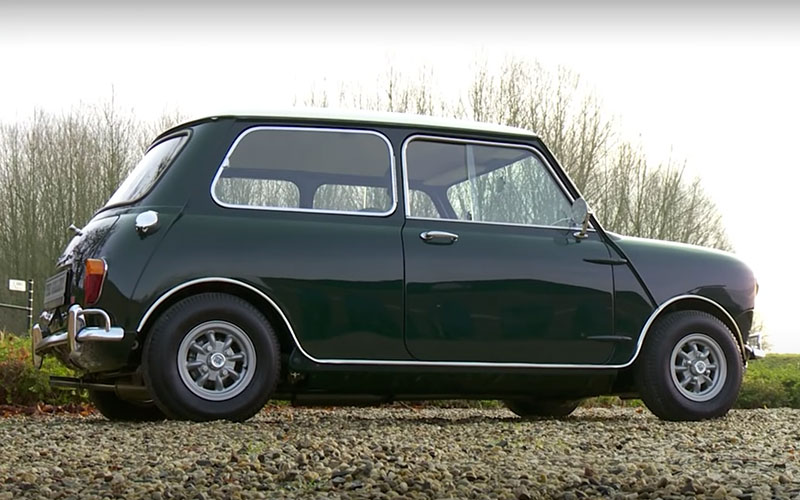
- The Mini added two new performance models called the Mini Cooper and Mini Cooper S.
- In 1967, Rover automobiles was absorbed by Leyland.
- In 1968, Leyland merged with British Motor Holdings and formed British Leyland Motor Corporation.
- The Mark II introduced cosmetic and safety changes like a larger rear window and redesigned front grille.
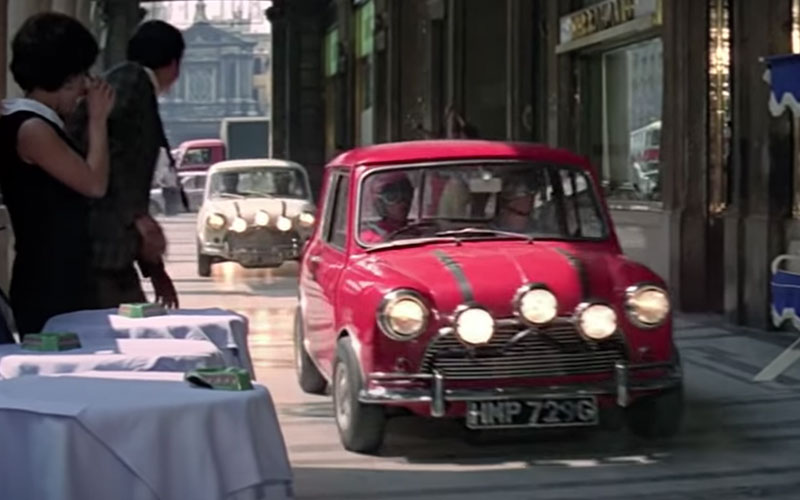
- A fiberglass version of the Mark II, developed by British Leyland, appeared in 1969. It has missing body seams and significant panel gaps.
- BL discontinued the Austin and Morris labels from its vehicles, making the Mini its own marque.
- In 1969, the Mini made a cameo appearance in the Italian Job, starring Michael Caine. An iconic car chase highlighted the Mini’s maneuverability and size.
Mini Mk III (1970 – 1976)
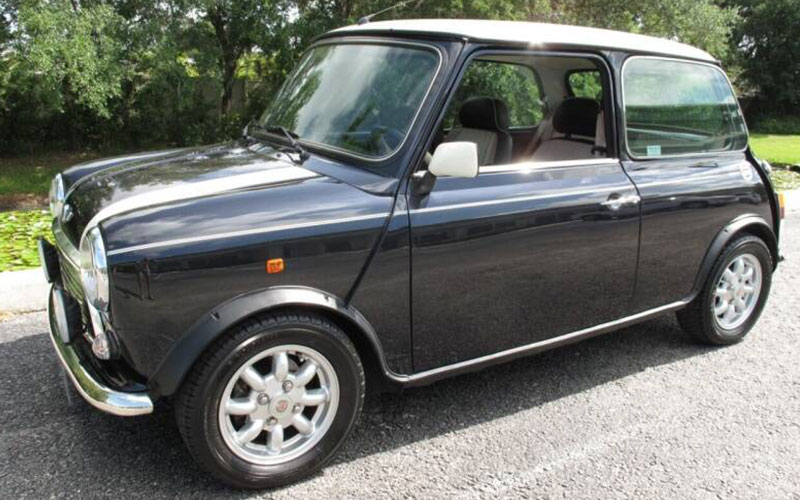
The Mini Mark III had a series of body modifications, the most serious of which was the oversized doors with concealed hinges. Also, the suspension was reverted from Hydrolastic to a rubber system for cost-saving purposes.
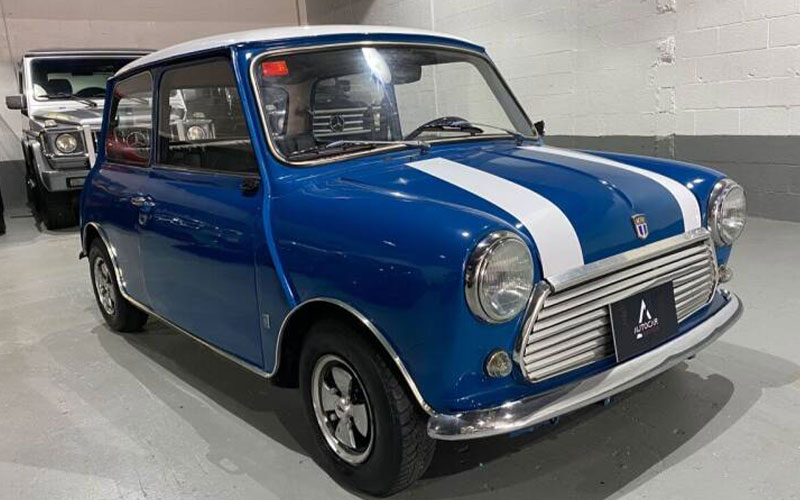
- The Mini Mark III’s sheet metal evolved to eliminate the external hinges and introduced oversized doors.
- For the first time, the Mini incorporated manual windows, replacing the sliding glass windows of previous models.
- Engines options were 848cc, 998cc, and 1275cc four-cylinder engines.
- 1971 was Minis’ best sales year, with over 318,000 cars being produced.
- The Cooper S was discontinued in 1971.
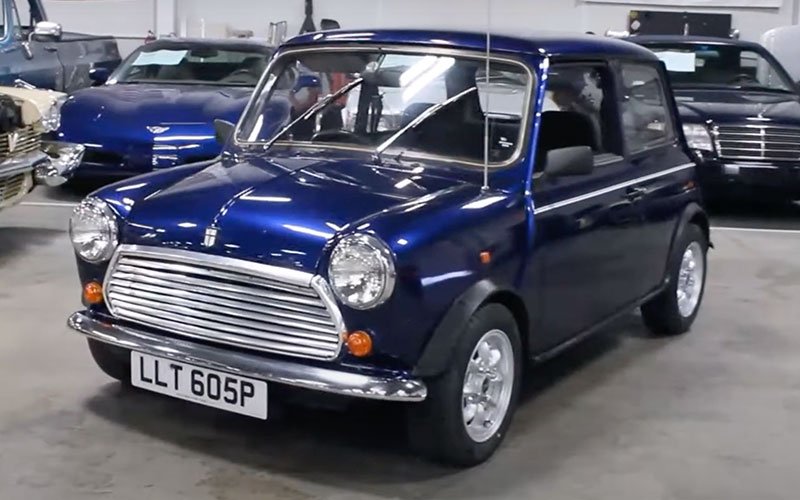
- The Mini had the additional offer of a truck body.
- In 1973 and onwards, all new Minis were fitted with radial tires, even though radials had been a standard car tire before the 70s. Buyers could still order bias-ply tires and save $11.29.
- Amazingly, it wasn’t until April of 1974 that a heater became standard equipment on the Mini 850 base trim.
- In 1976, actress Lindsay Wagner visited Britain to promote her new TV series, The Bionic Woman. She entertained onlookers by appearing to lift and hold up a Mini with just one arm.
Mini Mk IV (1977 – 1984)
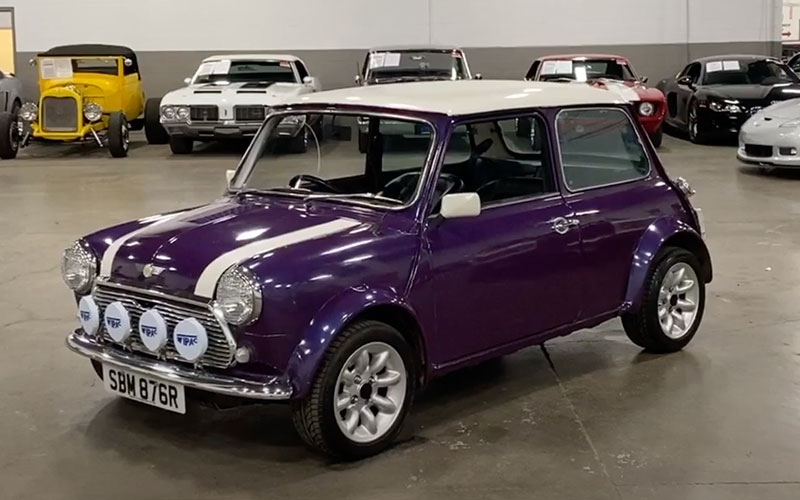
The Mini Mark IV had a choice of four inline-four-cylinder engines – 848cc, 998cc, 1098cc, and 1275cc. It was sold in a car, van, or truck body style.
- In 1977, British Leyland created the new Mini Mark IV.
- The Mark IV added steering column stalks for turn signal indicators and windshield wipers.
- The Mini Mk IV introduced a front rubber mounted subframe with single tower bolts and larger bushes in the rear frame. This helped dampen noise and vibration.
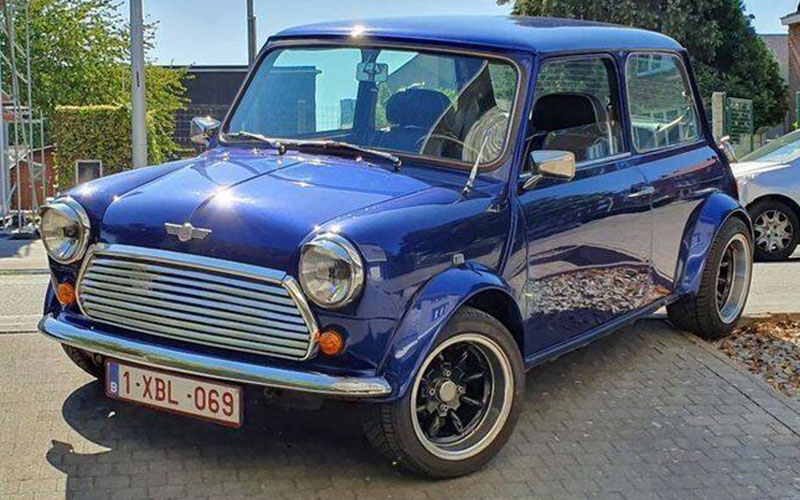
- The Mk IV gained larger brakes while also adding a larger clutch and accelerator pedal.
- The new design incorporated backup lights into the rear brake light assembly.
- The Mini City and 850 Deluxe were introduced in 1979.
- The Austin Metro was launched in 1980, but rumors regarding the Mini’s demise continued to grow.
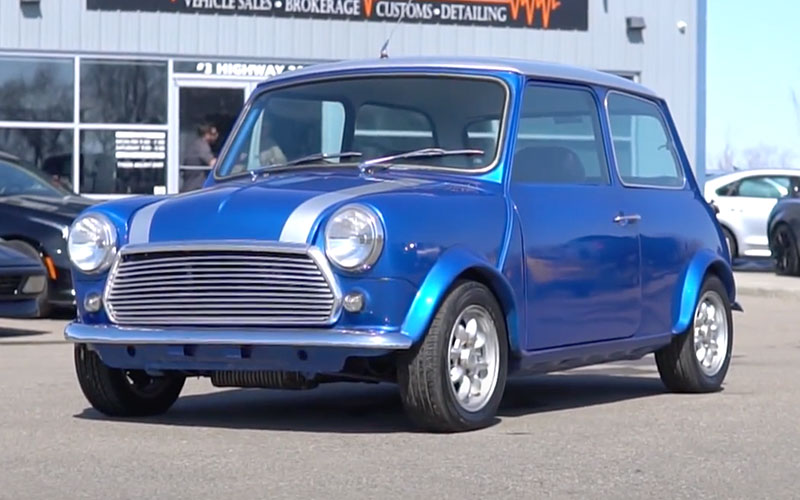
- In 1980, the Mini 850, Clubman, and 1275GT were discontinued.
- Competition like the Ford Fiesta, Renault 5, and other hatchbacks gained popularity, causing Mini sales to decline.
- In 1982, the Mini received mechanical upgrades like the more powerful A-plus engine with a more robust engine block and transmission, front disk brakes, and 12-inch wheels.
- In 1984, the Mark IV ended production, making way for the Mini Mark V.
Mini Mk V (1985-1989)
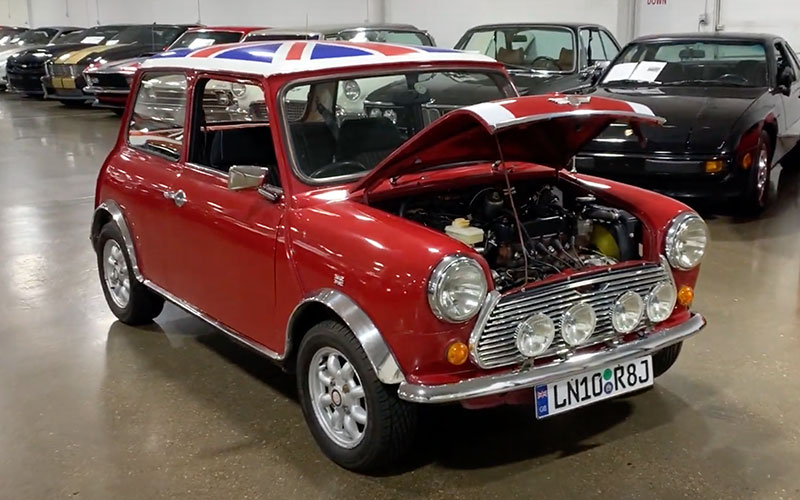
The Mini Mk V sales started in 1984. The fifth version of the Mini was badged as an Austin until 1988 when the branding returned to only using the Mini name. This Mini was available with a 1.0L or 1.3L inline-four-cylinder engine and was only a two-door car. The Mini Mk V was similar to the previous Mk IV Mini.
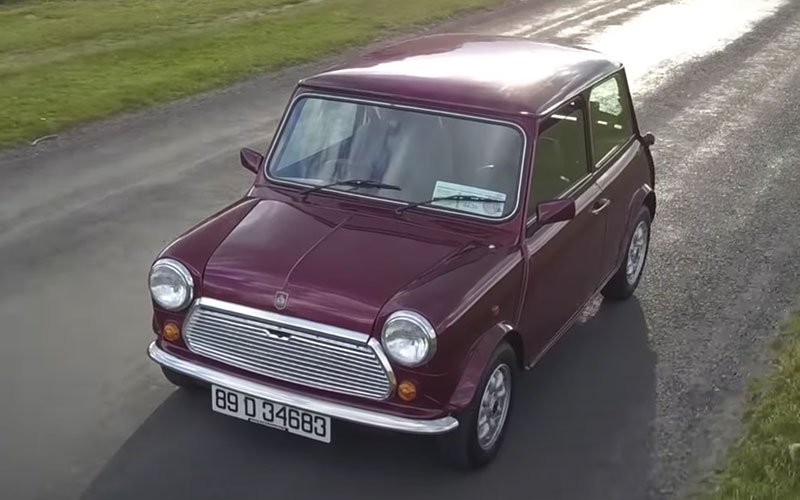
- In 1985, the Mini Mark V was introduced, but consumers didn’t see much difference between it and previous models.
- The Mk V had new 8.4-inch diameter brake discs and plastic wheel arches.
- In 1989, the sporty Mini Cooper was reintroduced.
Mini Mk VI (1990 – 1996)
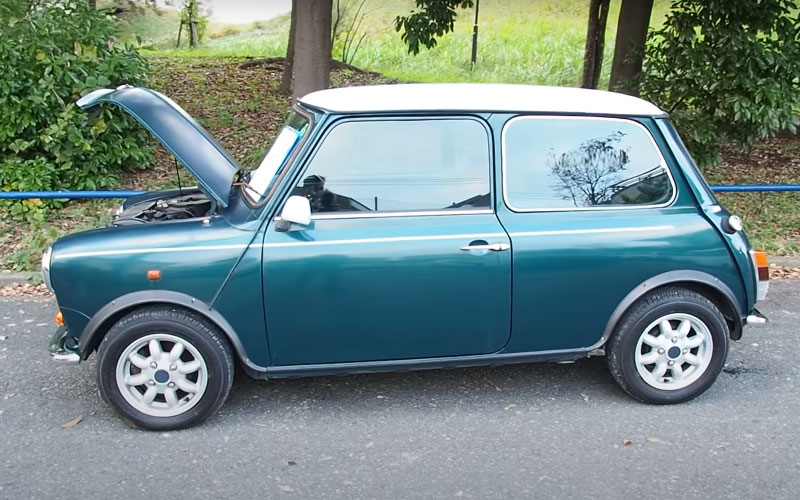
The Mark VI launched with a new 1,275 cc engine with 62 horsepower. The new Mini also includes the HIF carburetor version and the single-point fuel-injected car in 1991.
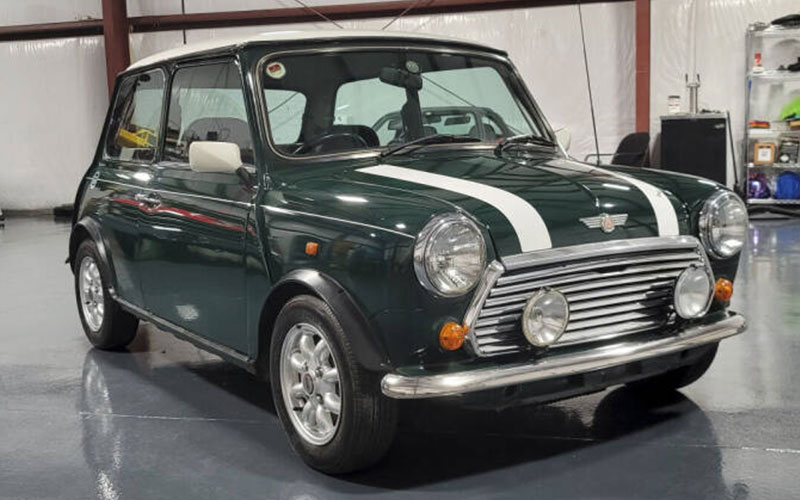
- The Mark VI launched in 1990.
- Cooper limited edition arrives; 1000 are made in 1990.
- In 1990, engineers moved the Mini’s engine mounting points forward to accommodate 78 cubic inch power units with the HIF carb version.
- In 1991, the Cooper was made a standard model and received fuel injection and a catalytic converter.
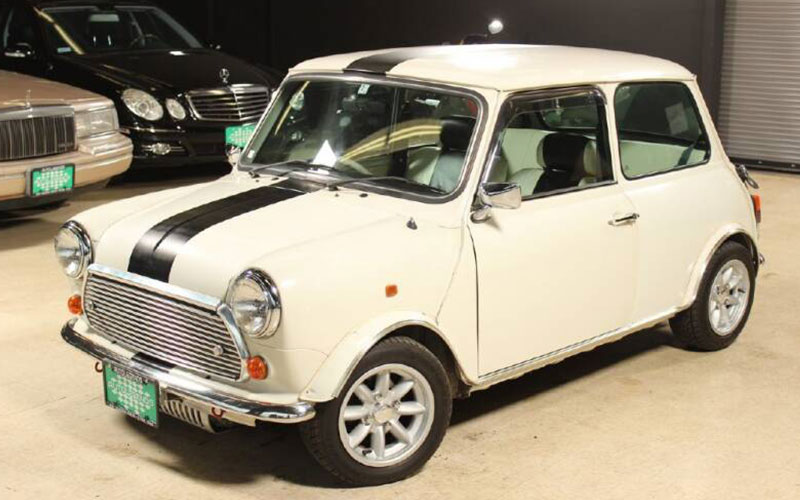
- Mini introduced the Cabriolet in 1993
- In 1994, the only available engine was the 1.3-liter.
- BMW bought the Rover Group, owner of the Mini, and introduced a redesigned dash with airbags.
- BMW sold off the MG, Rover, and Land Rover brands while keeping Mini.
Mini Mk VII (1996 – 2000)
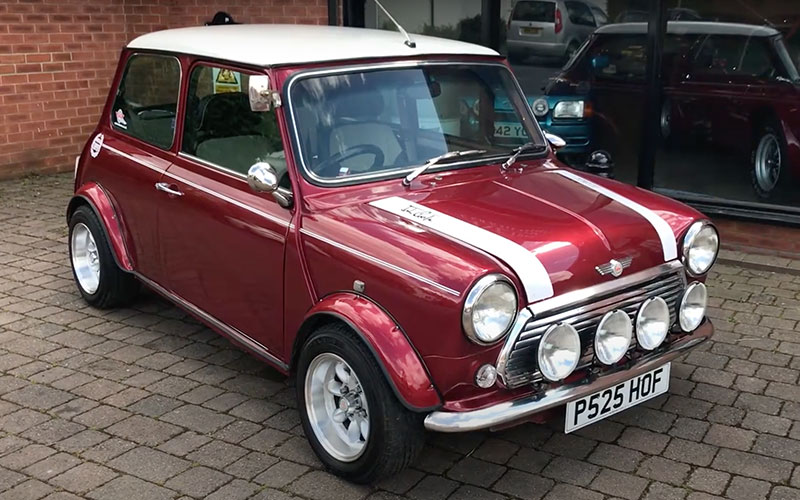
Through the 1980s and 90s, the Mini had become a fashion icon, but received minimal updates. Its time was coming to an end. Both the standard Mini and sporty Mini Cooper S had the 1.3L inline-four engine. The Mark VII was the final version of the two-door Mini.
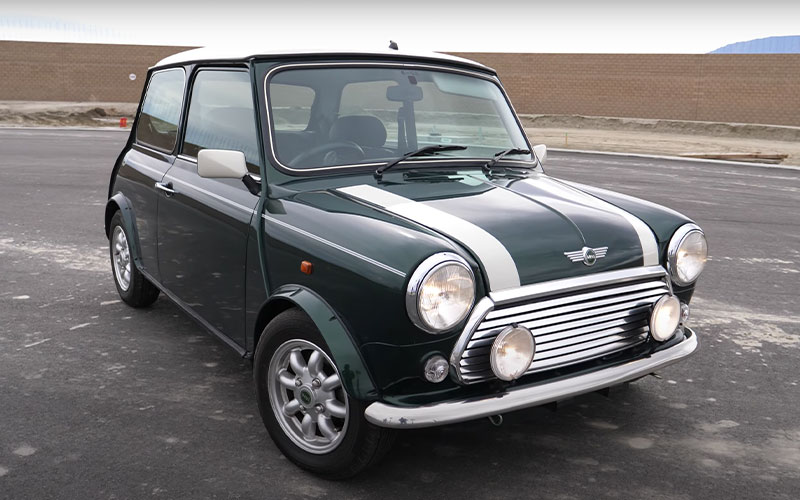
- Mini stops production of its vehicles on October 4, 2000, with the Cooper Sport 500. Since 1959’s first production, 5,387,862 Mini’s were built.
- 1.6 million of the total production were sold in Britain.
MINI – The BMW Years
After BMW purchased the Mini brand in its Rover Group purchase of 1994, it already had some designs on what a new Mini could be. BMW ultimately sold off the Rover Group, but hung on to Mini. Frank Stephenson, a US designer for BMW, came up with an approved Mini Cooper concept. While cute, charming, and loveable, it wasn’t as original or groundbreaking as the first Mini. It did, however, establish the new MINI for a new generation of drivers while reminding them of the past.
MINI Cooper Mk I (2001-2006)
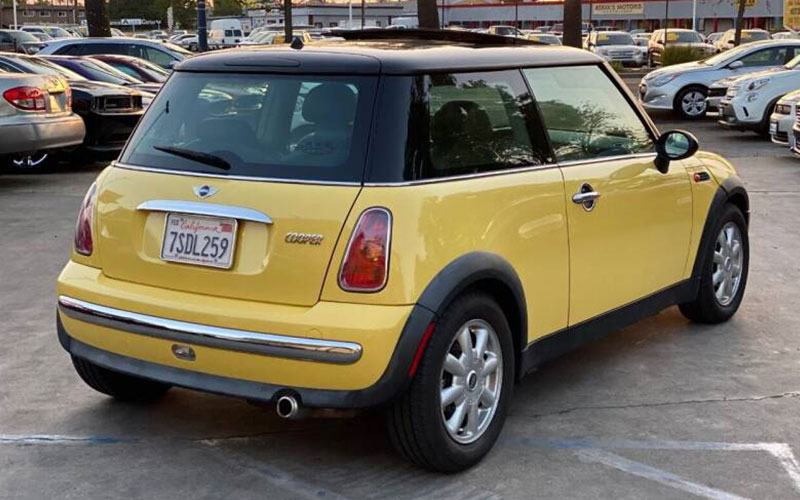
- The first-generation BMW MINI Cooper was introduced in 2002. Although considerably larger, its two-door hatchback’s family resemblance to the original was undeniable.
- The new MINI was powered by a 1.6-liter four-cylinder engine that produced 115 horsepower. By comparison, the original Mini had under 40 horsepower. Transmissions were a five-speed manual and a CVT automatic.
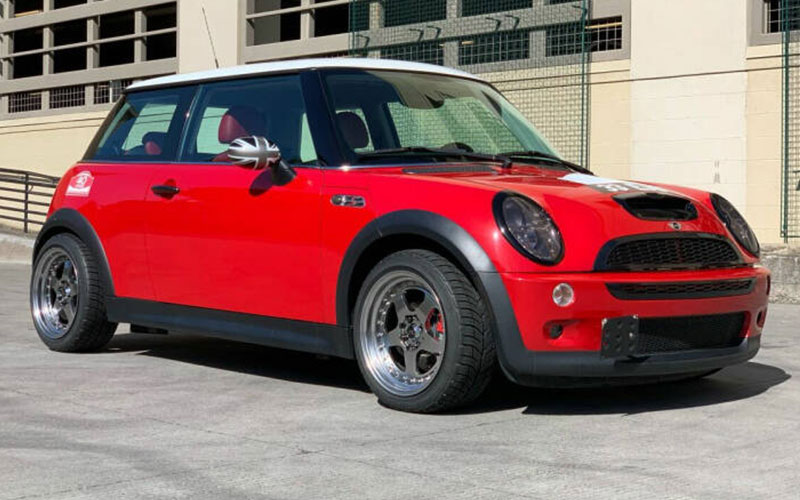
- The MINI Cooper included an S model with a supercharger that increased horsepower to 168.
- The S trim included a new six-speed manual transmission or paddle-shift automatic transmission, plus it improved ride and handling to match its sportier character.
- Every MINI Cooper had drive-by-wire throttles. The S models had run-flat tires since the supercharger caused the battery to be moved to the rear. This left no room for a spare tire.
MINI Cooper Mk II (2007-2013)
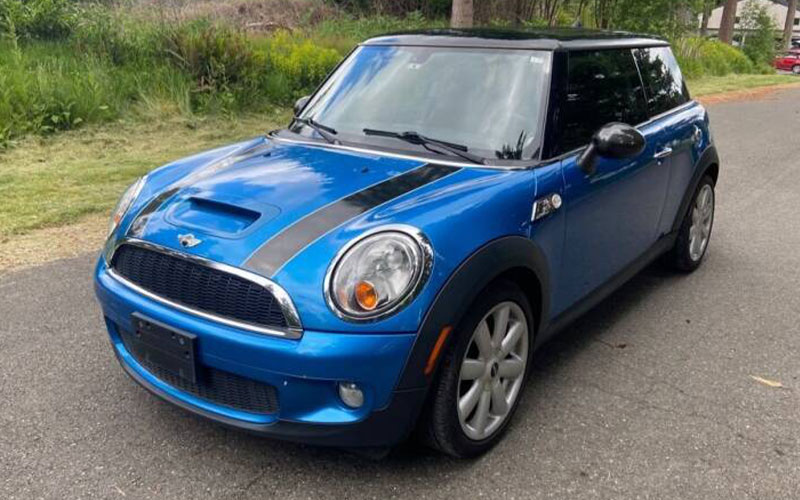
- Although there were very few changes in shape and size, the 2nd generation MINI Cooper had may improvements.
- The base trim MINI had an improved and more powerful 1.6-liter engine with 118 horsepower.
- The Cooper S also received a new direct fuel injection twin-scroll turbocharged 4-cylinder that increased horsepower to 172 and improved torque.
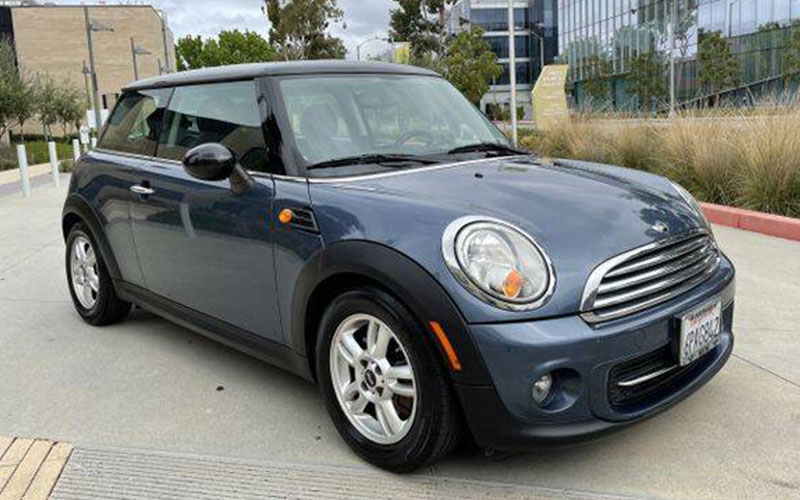
- The single front headlight housings now included two lights in its oval shape.
- The MINI provided numerous luxury items that the original Mini would have never dreamed of having. BMW also embraced the MINI’s heritage of customizing and gave buyers options to make their own MINI unique.
- In 2011, the MINI received a mid-cycle refresh that added new wheels, better technology, and more base trim engine horsepower.
- The MINI Cooper S six-speed manual transmission replaced the five-speed on lower-trim models. A six-speed automatic transmission was optional.
MINI Cooper Mk III (2014-Present)
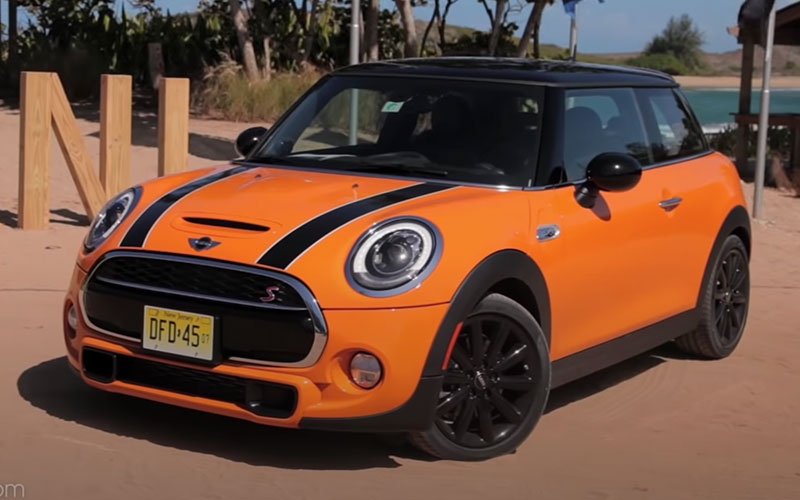
2014 Mini Cooper – AutoGuide.com on YouTube.com | Shop Mini Cooper on Carsforsale.com
- There was a size increase and slight tweaks to the grille and rear fascia, but it was a different story under the hood of the 3rd generation MINI Cooper.
- The base model trim received a 124 horsepower 1.5-liter turbocharged three-cylinder engine that delivered a very fuel-efficient 30 mpg in the city and 42 mpg on the highway.
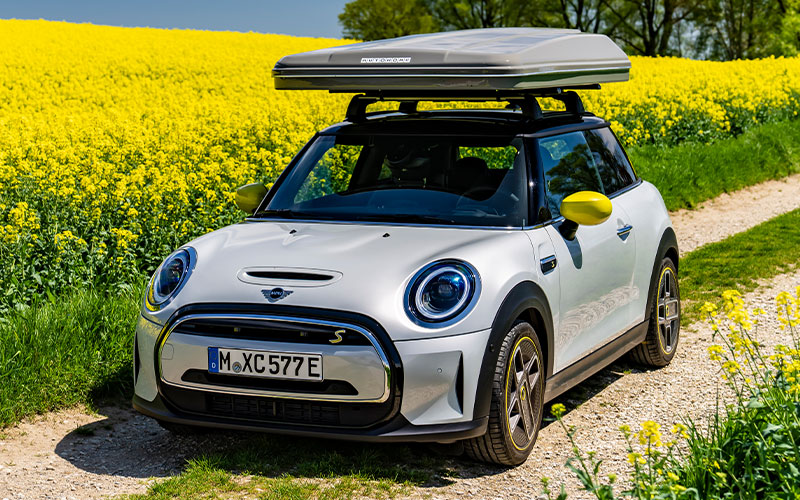
- The MINI Cooper S became even sportier with its new 189 horsepower 2.0-liter turbocharged engine. The Cooper S mpg was 25 in the city and 38 on the highway.
- The 3rd-generation MINI Cooper added an inch of height and 4.5 inches in length to improve passenger and cargo space.
- From 2015 – 2017, MINI introduced the sport, luxury, and technology packages. MINI also added new standard features that were once optional.


